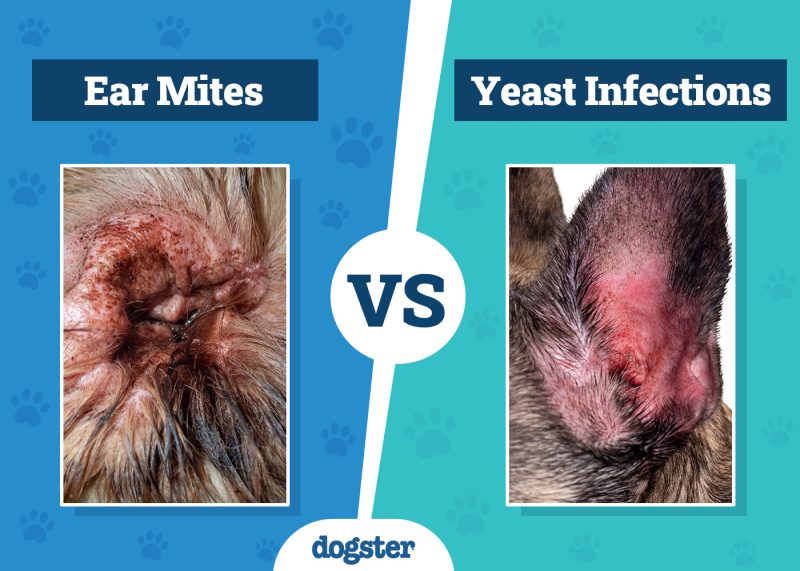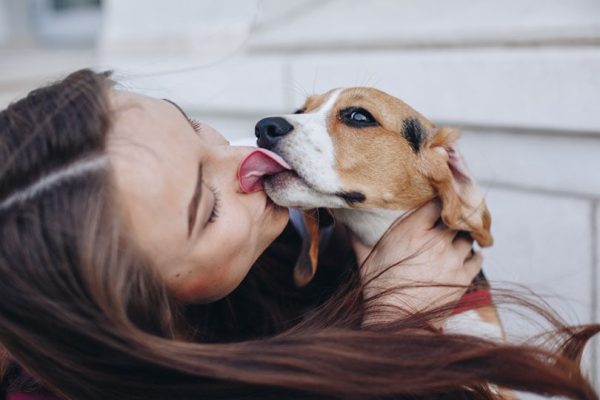In this article
View 8 More +Cocker Spaniels were originally included in the rest of the Spaniels as bird and gun dogs. Though bred to hunt, these dogs gained popularity as show and companion dogs over the centuries because of their sweet and soulful look, luxurious coats, and happy-go-lucky personalities.
These small, sturdy, and quick dogs can make great pets and canine competitors. They’re athletic but ideal in size to adapt to small homes and apartments. Cockers do have some high-maintenance needs, however, including a desire to be around their own and a lot of grooming requirements.
If you want to bring a Cocker Spaniel home, find out more about these dogs and what to expect from the breed.
Breed Overview
Height:
13.5–15.5 inches
Weight:
20–28 pounds
Lifespan:
10–14 years
Colors:
Black, black & tan, silver, buff, red, brown, brown & tan, black & white, red & white, buff & white, brown & white, black, white & tan, brown, white & tan, golden, blue roan, blue roan & tan, sable, sable & white, cream, red roan, brown roan, brown roan & tan
Suitable for:
Active families, those looking for a low-shedding dog
Temperament:
Loyal & loving, intelligent, easy to train, friendly, gets along with other pets
Spaniels were first mentioned by Gaston III, Count of Foix, in the 14th century. Prior to 1901, Cocker Spaniels were only distinct from Field Spaniels and Springer Spaniels based on their weight. The term “Cocker Spaniel” can refer to one of the two breeds: American and English. There’s also a second strain of English Cocker that’s bred as a working strain rather than the breed standard.
Interestingly, both the American and English Cocker Spaniel are commonly known as “Cocker Spaniels” in their respective countries of origin. Though there are some differences, these breeds share most coat colors and health issues.
Cocker Spaniel Characteristics

Cocker Spaniel Puppies

Purebred Cocker Spaniels are popular, so you’re likely to find many reputable breeders with available litters. It’s crucial to vet breeders carefully, however, since Cocker Spaniels can have health and behavioral problems associated with poor breeding practices. Avoid the temptation to get a puppy from a possible puppy mill or backyard breeder, as you are contributing to cruel practices and may end up with an unhealthy puppy.
It’s possible to find Cocker Spaniels in shelters and rescues, particularly breed-specific rescues. While these dogs are eager to please and easy to train, they can be a handful for an owner who can’t meet their needs and doesn’t socialize them properly. You may find puppies or adults in shelters.
Cocker Spaniel Origin & History
The Spaniel is a type of dog that originated in Spain to assist bird hunters before rifles were invented. European and British Spaniel breeds were grouped into “Land Spaniels” and “Water Spaniels.” In the 19th century, the rise of recorded breed standards, dog shows, and dog competitions started the trend of purebred dogs, including the Cocker.
Cocker Spaniels were named for their specialty hunting woodcock. They fell in between English Springer Spaniels and English Toy Spaniels in size, leading to the modern Cocker. In America, they branched into the American and English varieties, with the latter being taller. According to the AKC, the Cocker Spaniel refers to the American. There’s a separate designation for the English Cocker Spaniel.

Temperament & Intelligence of the Cocker Spaniel
Cocker Spaniels were revered as hunting dogs, but they’re now a beloved companion breed. They are smart, eager to please, and friendly as long as they’ve been trained properly. These dogs are energetic hunting dogs at the core, however, so they need lots of playtime and brisk walks to stay happy and healthy.

Are These Dogs Good for Families? 🏡
With proper socialization at an early age, the Cocker Spaniel can get along well with children and new people. They prefer to be around people instead of alone, but they are stressed easily by loud noises and rough treatment. If they will be in a house with young children, it’s crucial to monitor interactions to avoid roughhousing and accidental injuries. You should also provide quiet places for your dog to retreat if the kids get too rambunctious.
Does This Breed Get Along With Other Pets? 🐶 😽
Cocker Spaniels are good with other dogs and pets with proper training. Even though they’re hunting dogs, they can coexist in a home with small animals, but they should never be allowed to interact with small pets like hamsters, rabbits, birds, or reptiles. In many cases, Cocker Spaniels can get along well with cats.

Things to Know When Owning a Cocker Spaniel
If you plan to bring a Cocker Spaniel home, here’s everything you need to know to ensure you’re meeting their needs.
Food & Diet Requirements 🦴
Cocker Spaniels have high energy needs and should have a high-quality, balanced commercial diet. Some Cocker Spaniels have food sensitivities, so you may wish to work with your veterinarian to determine the best diet. It’s important to keep your Cocker Spaniel at a healthy weight and avoid obesity, which can cause health issues like arthritis, back problems, and diabetes. With too much food and not enough exercise, it’s easy for the Cocker to gain weight.

Exercise 🐕
Purebred Cocker Spaniels are sporting dogs, but they don’t need as much exercise as some other breeds. Getting some rigorous playtime and brisk walks into the day is often enough to prevent boredom and destructive behaviors. These dogs like spending time with people, however, so your exercise time should be spent together instead of independently.
Training 🦮
Cocker Spaniels are generally easy to train. They’re smart and people-pleasing, so they have a strong desire to listen and obey. You should never use harsh methods with the Cocker Spaniel because they are sensitive dogs. Using aversive methods is often counterproductive. If you want a social Cocker, make sure to focus on early socialization and lots of praise.
Grooming ✂️
When Cocker Spaniels switched from hunting to showing, they got a long and luxurious coat that can be high maintenance to groom. If you miss grooming sessions, your Cocker Spaniel may have tangles or mats that can harm their coat and irritate their skin. Cockers also need regular bathing with a dog-safe shampoo and ear care to avoid infections. You may need to commit to regular professional grooming or learn proper grooming practices for the breed yourself.

Health and Conditions ❤️
The Cocker Spaniel is prone to several health problems that reputable breeders test for, including hip dysplasia and eye conditions. Cockers may develop ear infections easily and are prone to skin problems, which is why grooming them regularly is essential. Glaucoma, melanoma, allergic skin disease, hypothyroidism, and dilated cardiomyopathy are also common in the breed.
- Allergic skin disease
- Hypothyroidism
- Glaucoma
- Melanoma
- Dilated cardiomyopathy
- Hip dysplasia
Male vs. Female
Owners and breeders may claim differences between male and female Cocker Spaniels, but they’re individuals. There are no notable differences between the sexes, especially if you get them spayed or neutered. This not only can prevent reproductive health problems and some behavioral problems, such as roaming and marking, but it’s crucial for avoiding unwanted litters.

3 Little-Known Facts About the Cocker Spaniel
1. Cocker Spaniels May Have Come to America on the Mayflower
Records show that two dogs came to America on the Mayflower in 1620. One was a Mastiff, but the other was a type of Spaniel. This could’ve been a Cocker, an English Springer, or a Field Spaniel since these dogs weren’t distinctive breeds yet.
2. Cocker Spaniels Are the Smallest Sporting Breed
The Cocker Spaniel is the smallest dog in the AKC Sporting Group. When the Spaniels were first separated into distinct breeds, Cocker Spaniels and Field Spaniels were differentiated by weight. Cocker Spaniels don’t exceed 28 pounds.
3. Cockers Were the First Cancer-Detecting Dogs
Science has established that dogs can sense cancer by smell, but the first dog to ever demonstrate this ability was Tangle, a Cocker Spaniel. He had a remarkable testing accuracy of 56%. After working with trainers, his accuracy improved to 80%.


Final Thoughts
One of the original Spaniels, Cocker Spaniels are friendly, durable, compact, and athletic gundogs. They’ve been developed more for looks than hunting in recent years, but they retained their sociable and affectionate personalities that help them fit into any household. However, a Cocker needs exercise, proper training, and regular grooming to stay healthy and avoid problems.
Featured Image Credit: andriano.cz, Shutterstock




















